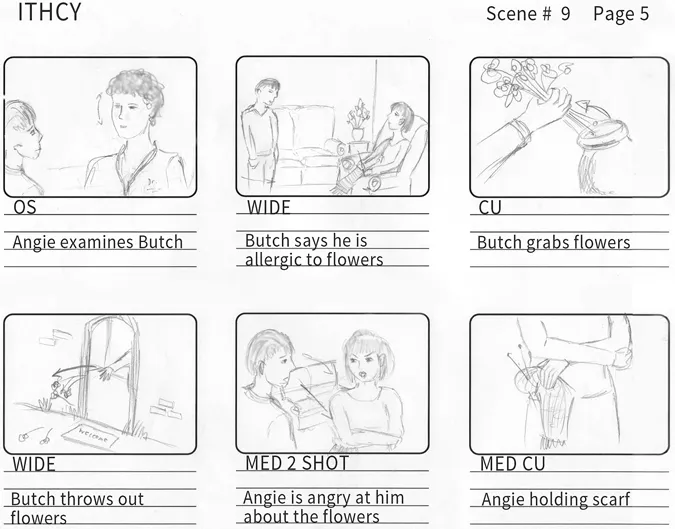
The Dos and Don'ts of Successful Filmmaking
Common Mistakes and How to Avoid Them
- 326 pages
- English
- ePUB (mobile friendly)
- Available on iOS & Android
About This Book
Mistakes are easy to make, but often difficult to undo. The greater the knowledge and experience a filmmaker has, the fewer mistakes are made by them. This introductory-level guide to filmmaking teaches effective preproduction, production and postproduction with a focus on many of the common mistakes made and how to avoid them.
Filled with practical advice and information on the process of successfully making a film, Patrick Winters guides you through the whole process from preproduction to postproduction, teaching how to plan a shoot, accomplish that shoot and then follow the steps needed to edit and mix your film, highlighting key considerations and potential pitfalls to avoid along the way. The book covers everything from getting your story production ready, securing funding and budgeting appropriately, casting actors, assigning crew members, developing production design, shooting efficiently and effectively, technical and aesthetic camera and lighting choices, sound considerations, picture and sound editing and mixing, to the final stages of distribution and exhibition. Drawing on Winters' years of filmmaking and teaching experience, this book provides you with all the technical and aesthetic knowledge required to make a film, highlights common mistakes to avoid, and explains where to put your time and money into where it shows, resulting in a successfully made film that will stand out from the crowd.
A combination of what to do and what not to do, this is ideal for introductory-level filmmaking students, as well as independents just starting out.The online support material includes deal memo templates, walkie-talkie lingo, camera and sound reports, first AD roll call, distribution and exhibition and additional information on booming.
Frequently asked questions
Information
Production
7DIRECTING
- Introduction
- Concept Book or Look Book
- Concept Art
- Storyboards
- Shot List
- Location Scouting or Reconnaissance (Recce)
- Casting
- Table Read
- Rehearsals
- Blocking
- Directing Approaches
- Acting Styles
- Working with Actors
- Doing Business
- Fights & Intimacy
- Working with the Producer
- Working with the First Assistant Director (1ST AD)
- Working With the Crew
- Working with the Director of Photography (DP)
- Working with the Production Designer
- Working with the Editor
- Tips
Introduction
Mistake
Concept Book or Look Book
Concept Art
Storyboards

Mistake
Shot List
Location Scouting or Reconnaissance (Recce)
Mistake
Basic Recce Checklist
- Contact the owner or legal manager of a location to acquire rights to shoot there.
- Discuss fees and film credit, if any required.
- Exchange contact information with the representative.
- Meet a representative of the location on the morning of the shoot.
- Confirm availability for shoot dates and reconfirm a couple of days before.
- Create a map with directions for the cast and crew.
- Check for electrical circuit breaker location, unless a generator is being used.
- Check for vehicle parking at the location, unless a shuttle is being used.
- Check for availability of toilets or rent a porta-potty or multi-toilet trailer.
- Determine if traffic control is needed by police, security or production assistants.
- Acquire required permits for the location, traffic, pyrotechnics, weapons, etc.
- Check for safety hazards and determine the location of the nearest hospital.
- Check for sound issues such as, traffic, aircraft, schools, fans, background music, appliances, construction, etc.
- Determine if food is available or are catering or takeout meals required.
- Arrange accommodation nearby, which is ideally for one person per room.
- Select an area for departments to set up or stage near the set.
Casting
Table Read
Rehearsals
Mistake
Table of contents
- Cover
- Half Title
- Title Page
- Copyright Page
- Dedication
- Table of Contents
- Preface
- Acknowledgments & Credits
- Preproduction
- Production
- Postproduction
- Glossary
- Index